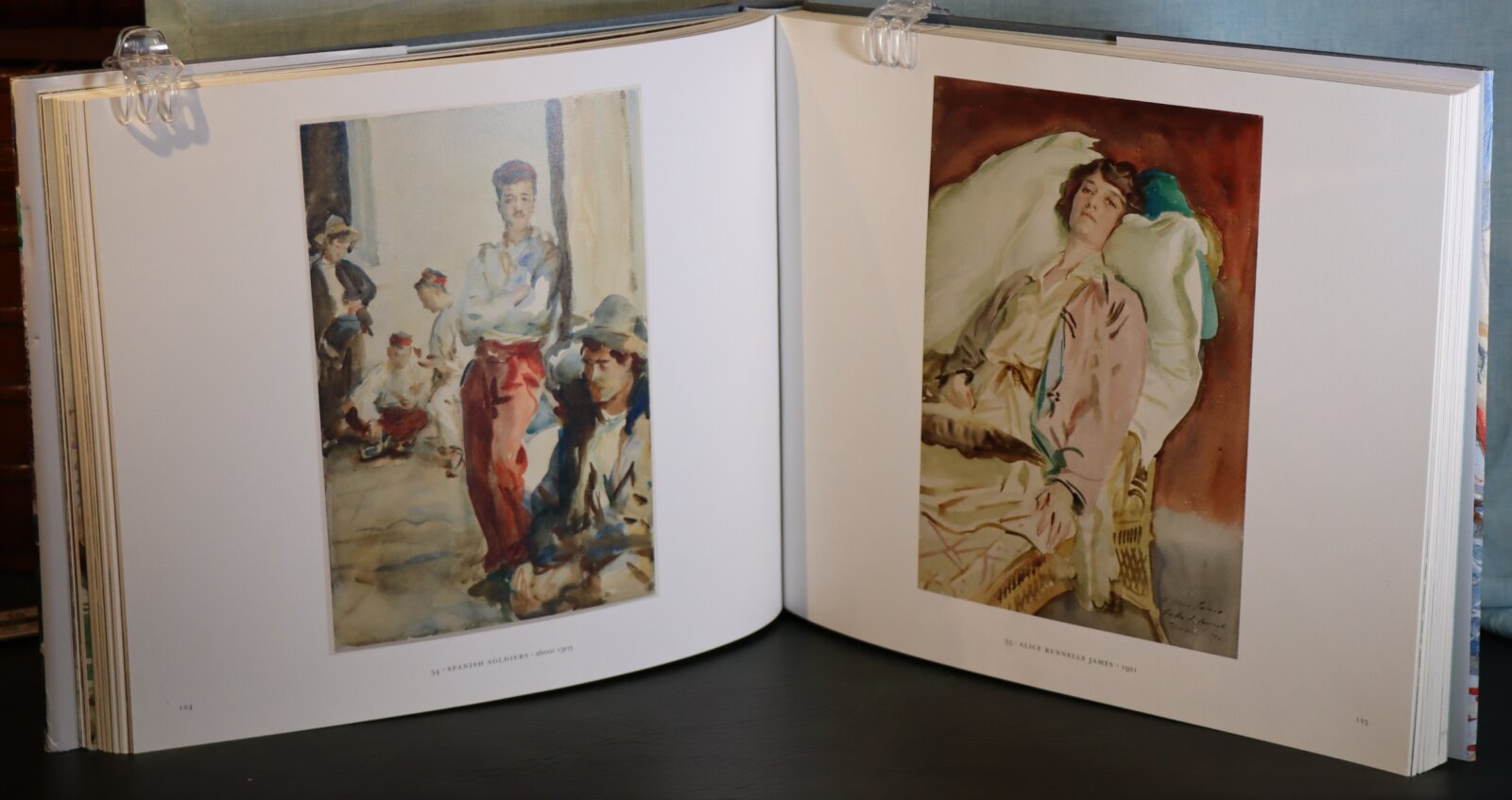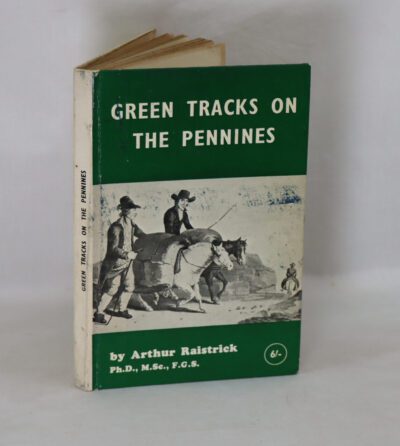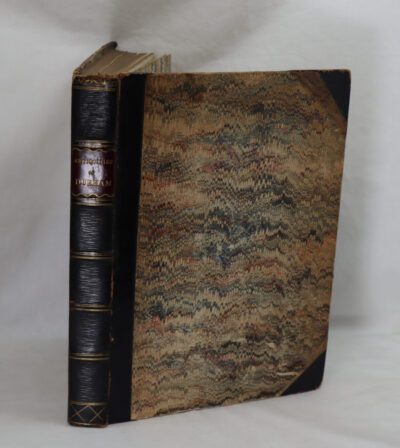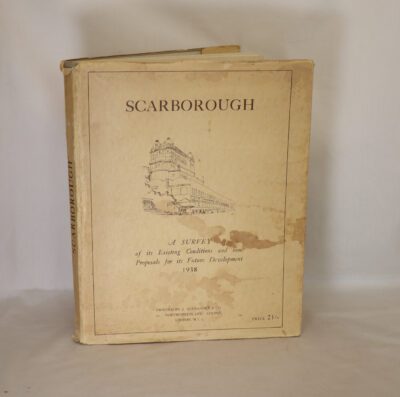John Singer Sargent Watercolours.
By Erica E Hirshler & Teresa A Carbone
Printed: Circa 1980
Publisher: Museum of Fine Arts. Boston
| Dimensions | 31 × 26 × 3.5 cm |
|---|---|
| Language |
Language: English
Size (cminches): 31 x 26 x 3.5
Condition: Fine (See explanation of ratings)
Your items
Item information
Description
In original dust sheet. Blue cloth binding with gilt title on the spine.
It is the intent of F.B.A. to provide an in-depth photographic presentation of this book offered so to almost stimulate your feel and touch on the book. If requested, more traditional book descriptions are immediately available
John Singer Sargent’s approach to watercolour was unconventional. Disregarding late-nineteenth-century aesthetic standards that called for carefully delineated and composed landscapes filled with transparent washes, his confidently bold, dense strokes and loosely defined forms startled critics and fellow practitioners alike. One reviewer in England, where Sargent spent much of his adult life, called his work ‘swagger watercolours’. For Sargent, however, the watercolours were not so much about swagger as about a new way of thinking. In watercolour as opposed to oils his vision became more personal and his works more interconnected. Presenting nearly 100 works of art, this book is the first major publication of Sargent’s watercolours in twenty years. Each chapter highlights a different subject or theme that attracted the artist’s attention during his travels through Europe and the Middle East: sunlight on stone, figures reclining on grass, patterns of light and shadow. Insightful essays by the world’s leading experts enhance this book and introduce readers to the full sweep of Sargent’s accomplishments in the medium, in works that delight the eye as well as challenge our understanding of this prodigiously gifted artist.
John Singer Sargent January 12, 1856 – April 14, 1925 was an American expatriate artist, considered the “leading portrait painter of his generation” for his evocations of Edwardian-era luxury. He created roughly 900 oil paintings and more than 2,000 watercolour’s, as well as countless sketches and charcoal drawings. His oeuvre documents worldwide travel, from Venice to the Tyrol, Corfu, the Middle East, Montana, Maine, and Florida.
Born in Florence to American parents, he was trained in Paris before moving to London, living most of his life in Europe. He enjoyed international acclaim as a portrait painter. An early submission to the Paris Salon in the 1880s, his Portrait of Madame X, was intended to consolidate his position as a society painter in Paris, but instead resulted in scandal. During the next year following the scandal, Sargent departed for England where he continued a successful career as a portrait artist.
From the beginning, Sargent’s work is characterized by remarkable technical facility, particularly in his ability to draw with a brush, which in later years inspired admiration as well as criticism for a supposed superficiality. His commissioned works were consistent with the grand manner of portraiture, while his informal studies and landscape paintings displayed a familiarity with Impressionism. In later life Sargent expressed ambivalence about the restrictions of formal portrait work and devoted much of his energy to mural painting and working en plein air. Art historians generally ignored artists who painted Royalty and “Society” – such as Sargent – until the late 20th century.
Please see F.B.A. s range of prints and pictures to be found in F.B.A.’s picture section located in Artifacts
Want to know more about this item?
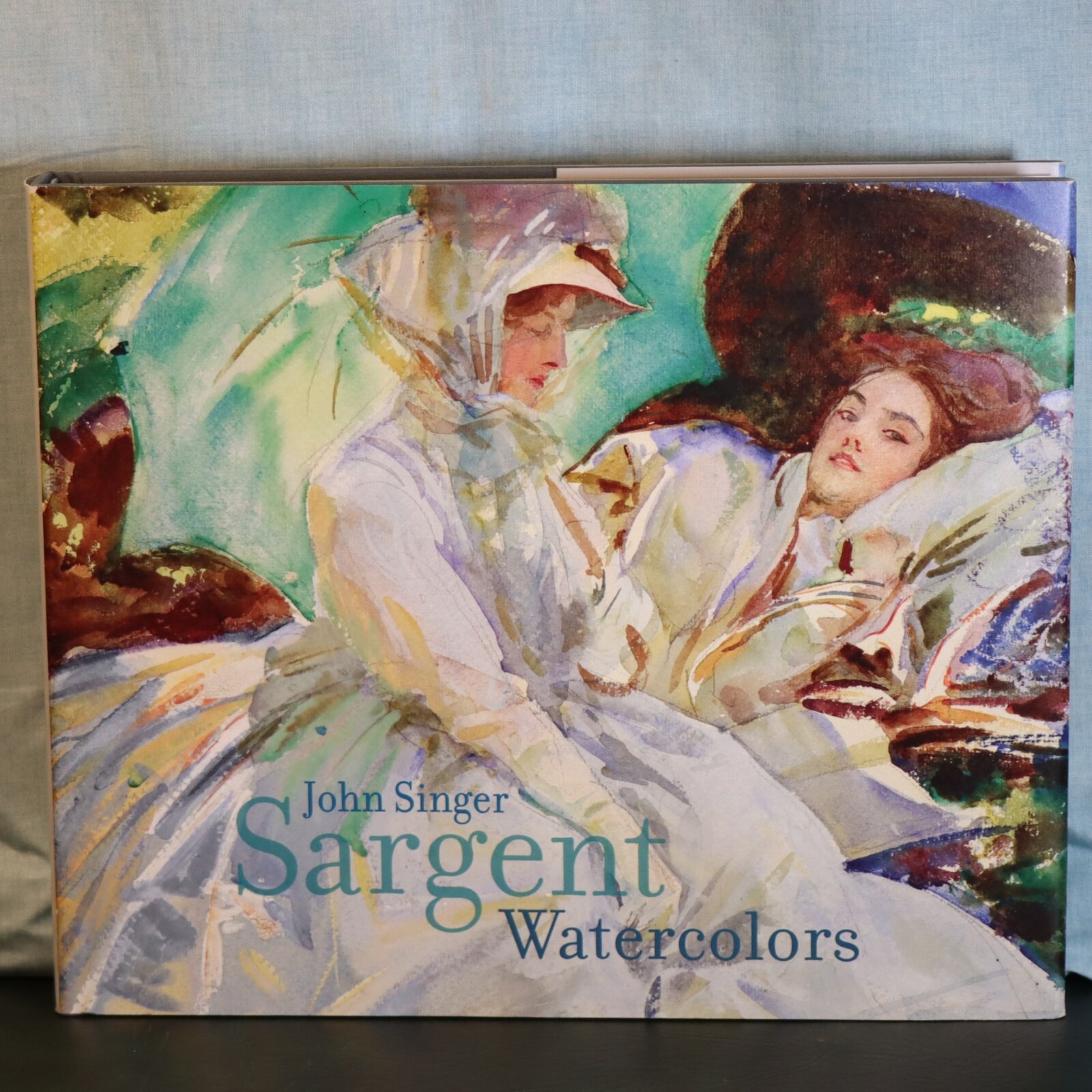
Share this Page with a friend

